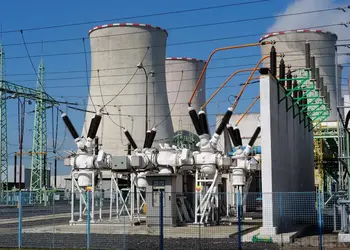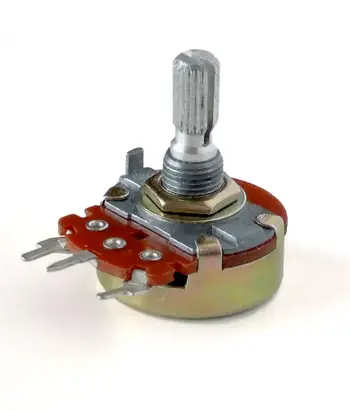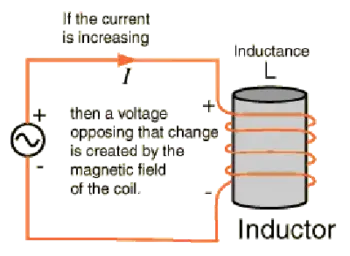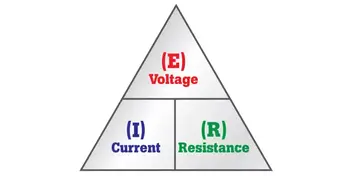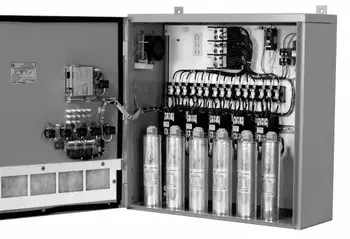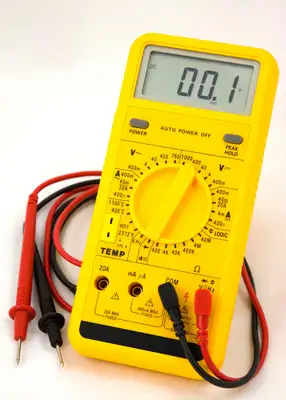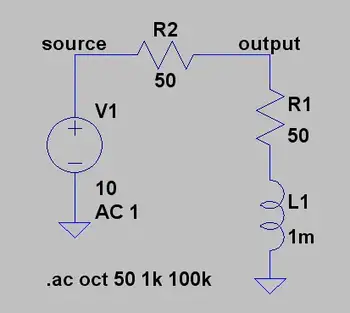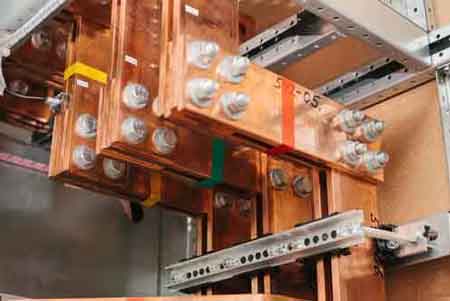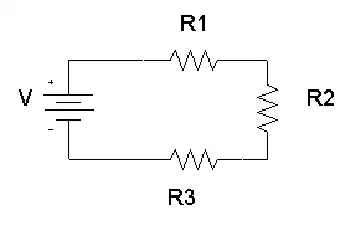Who Discovered Electricity
Who Discovered Electricity ? From the writings of Thales of Miletus it appears that Westerners in their day knew as long ago as 600 B.C. that amber becomes charged by rubbing. But other than that, there was little real progress until the English scientist William Gilbert in 1600 described the electrification of many substances and coined the term "electricity" from the Greek word for amber.
As a result, Gilbert is called the father of modern electric power. In 1660, Otto von Guericke invented a crude machine for producing static electricity. It was a ball of sulfur, rotated by a crank with one hand and rubbed with the other. Successors, such as Francis Hauksbee, made improvements that provided experimenters with a ready source of static electricity. Today's highly developed descendant of these early machines is the Van de Graaf generator, which is sometimes used as a particle accelerator. Robert Boyle realized that attraction and repulsion were mutual and that electric force was transmitted through a vacuum. Stephen Gray distinguished between conductors and nonconductors. C. F. Du Fay recognized two kinds of power, which Benjamin Franklin and Ebenezer Kinnersley of Philadelphia, peoples who later named positive and negative.
Progress quickened after the Leyden jar was invented in 1745 by Pieter van Musschenbroek. The Leyden jar stored static electricity, which could be discharged all at once. In 1747 William Watson discharged a Leyden jar through a circuit, and comprehension of the current and circuit started a new field of experimentation. Henry Cavendish, by measuring the conductivity of materials (he compared the simultaneous shocks he received by discharging Leyden jars through the materials), and Charles A. Coulomb, by expressing mathematically the attraction of electrified bodies, began the quantitative study of electric power.
Depite what you have learned, Benjamin Franklin did not "discover" electric power. In fact, electric power did not begin when Benjamin Franklin at when he flew his kite during a thunderstorm or when light bulbs were installed in houses all around the world.
The truth is that electric power has always been around because it naturally exists in the world. Lightning, for instance, is simply a flow of electrons between the ground and the clouds. When you touch something and get a shock, that is really static electricity moving toward you.
Power Personalities
Benjamin Franklin

Ben Franklin was an American writer, publisher, scientist and diplomat, who helped to draw up the famous Declaration of Independence and the US Constitution. In 1752 Franklin proved that lightning and the spark from amber were one and the same thing. The story of this famous milestone is a familiar one, in which Franklin fastened an iron spike to a silken kite, which he flew during a thunderstorm, while holding the end of the kite string by an iron key. When lightening flashed, a tiny spark jumped from the key to his wrist. The experiment proved Franklin's theory.
Galvani and Volta

In 1786, Luigi Galvani, an Italian professor of medicine, found that when the leg of a dead frog was touched by a metal knife, the leg twitched violently. Galvani thought that the muscles of the frog must contain electric signals. By 1792 another Italian scientist, Alessandro Volta, disagreed: he realised that the main factors in Galvani's discovery were the two different metals - the steel knife and the tin plate - apon which the frog was lying. Volta showed that when moisture comes between two different metals, electric power is created. This led him to invent the first electric battery, the voltaic pile, which he made from thin sheets of copper and zinc separated by moist pasteboard.
In this way, a new kind of electric power was discovered, electric power that flowed steadily like a current of water instead of discharging itself in a single spark or shock. Volta showed that electric power could be made to travel from one place to another by wire, thereby making an important contribution to the science of electricity. The unit of electrical potential, the Volt, is named after Volta.
Michael Faraday

The credit for generating electric current on a practical scale goes to the famous English scientist, Michael Faraday. Faraday was greatly interested in the invention of the electromagnet, but his brilliant mind took earlier experiments still further. If electricity could produce magnetism, why couldn't magnetism produce electric power.
In 1831, Faraday found the solution. Electricity could be produced through magnetism by motion. He discovered that when a magnet was moved inside a coil of copper wire, a tiny electric current flows through the wire. Of course, by today's standards, Faraday's electric dynamo or electric generator was crude, and provided only a small electric current be he discovered the first method of generating electric power by means of motion in a magnetic field.
Thomas Edison and Joseph Swan

Nearly 40 years went by before a really practical DC (Direct Current) generator was built by Thomas Edison in America. Edison's many inventions included the phonograph and an improved printing telegraph. In 1878 Joseph Swan, a British scientist, invented the incandescent filament lamp and within twelve months Edison made a similar discovery in America.
Swan and Edison later set up a joint company to produce the first practical filament lamp. Prior to this, electric lighting had been my crude arc lamps.
Edison used his DC generator to provide electricity to light his laboratory and later to illuminate the first New York street to be lit by electric lamps, in September 1882. Edison's successes were not without controversy, however - although he was convinced of the merits of DC for generating electricity, other scientists in Europe and America recognised that DC brought major disadvantages.
George Westinghouse and Nikola Tesl
Westinghouse was a famous American inventor and industrialist who purchased and developed Nikola Tesla's patented motor for generating alternating current. The work of Westinghouse, Tesla and others gradually persuaded American society that the future lay with AC rather than DC (Adoption of AC generation enabled the transmission of large blocks of electrical, power using higher voltages via transformers, which would have been impossible otherwise). Today the unit of measurement for magnetic fields commemorates Tesla's name.
James Watt
 When Edison's generator was coupled with Watt's steam engine, large scale electricity generation became a practical proposition. James Watt, the Scottish inventor of the steam condensing engine, was born in 1736. His improvements to steam engines were patented over a period of 15 years, starting in 1769 and his name was given to the electric unit of power, the Watt.
When Edison's generator was coupled with Watt's steam engine, large scale electricity generation became a practical proposition. James Watt, the Scottish inventor of the steam condensing engine, was born in 1736. His improvements to steam engines were patented over a period of 15 years, starting in 1769 and his name was given to the electric unit of power, the Watt.
Watt's engines used the reciprocating piston, however, today's thermal power stations use steam turbines, following the Rankine cycle, worked out by another famous Scottish engineer, William J.M Rankine, in 1859.
Andre Ampere and George Ohm


Andre Marie Ampere, a French mathematician who devoted himself to the study of electricity and magnetism, was the first to explain the electro-dynamic theory. A permanent memorial to Ampere is the use of his name for the unit of electric current.
George Simon Ohm, a German mathematician and physicist, was a college teacher in Cologne when in 1827 he published, "The galvanic Circuit Investigated Mathematically". His theories were coldly received by German scientists but his research was recognised in Britain and he was awarded the Copley Medal in 1841. His name has been given to the unit of electrical resistance.

